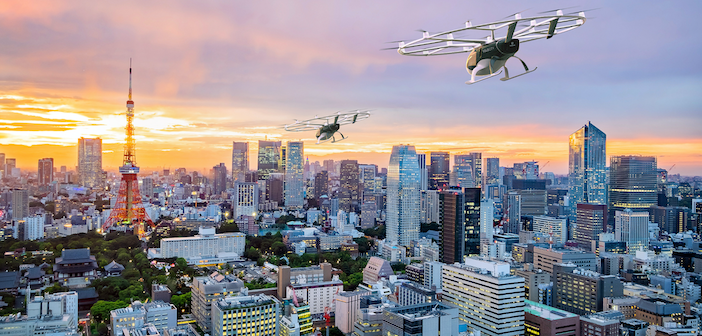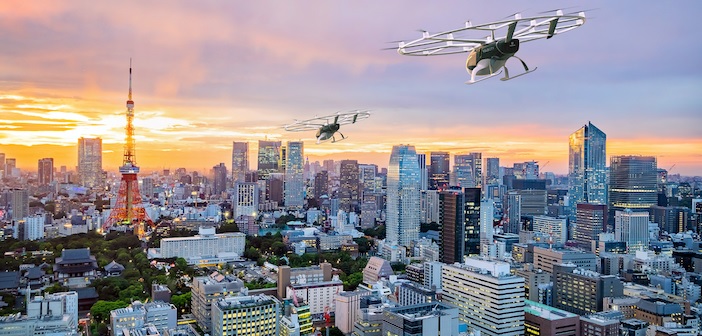
Introduction
In recent years, the concept of Urban Air Mobility (UAM) has been making waves in the realm of transportation. With advancements in technology, the idea of flying vehicles navigating urban landscapes is no longer confined to science fiction. This article delves into the exciting world of UAM, its potential impact on urban transportation, challenges it faces, and the future it promises.
Understanding Urban Air Mobility (UAM)
Defining UAM
Urban Air Mobility refers to the utilization of electric vertical takeoff and landing (eVTOL) aircraft to transport passengers and goods within urban and suburban areas. These aircraft are designed to operate efficiently in congested environments, offering a new dimension to transportation options.
The Promise of UAM
UAM envisions a future where traffic congestion is mitigated through the use of aerial routes. This could significantly reduce travel times and enhance overall mobility, especially in densely populated urban centers.
Technological Innovations Driving UAM
eVTOL Technology
Electric vertical takeoff and landing technology form the foundation of UAM. These aircraft rely on electric propulsion systems, making them environmentally friendly and quieter than traditional helicopters or airplanes.
Autonomous Systems
Many UAM vehicles are being developed with autonomous flying capabilities. This eliminates the need for manual piloting, enhances safety, and paves the way for a more accessible mode of transportation.
Benefits and Impact
Easing Traffic Congestion
UAM has the potential to alleviate road congestion by taking to the skies. This could lead to shorter commutes, reduced stress, and increased productivity for urban dwellers.
Green Mobility
Electric propulsion systems used in UAM vehicles contribute to lower carbon emissions and reduced air pollution, promoting a greener and healthier urban environment.
Connecting Remote Areas
UAM could bridge the gap between urban and remote areas, providing quicker access to healthcare, emergency services, and other essential resources.
Challenges to Overcome
Infrastructure Development
Establishing the necessary takeoff and landing infrastructure atop buildings or designated areas poses a significant challenge. UAM requires innovative landing pads and charging stations.
Regulations and Airspace Management
Integrating flying vehicles into existing airspace requires robust regulations and air traffic management systems to prevent collisions and ensure safe coexistence with traditional aircraft.

